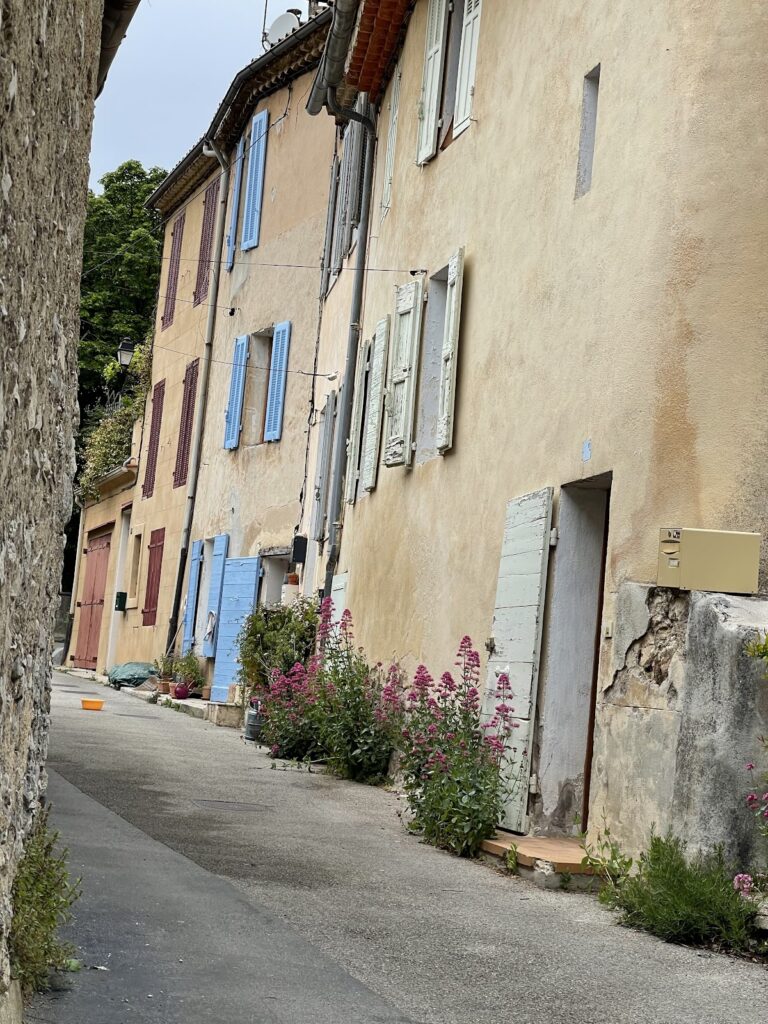Château of Vauvenargues: A Historic Fortress and Picasso’s Residence in Southern France
Visitor Information
Google Rating: 4.1
Popularity: Low
Google Maps: View on Google Maps
Country: France
Civilization: Unclassified
Remains: Military
History
The Château of Vauvenargues is situated in the village of Vauvenargues, in southern France. The site has a long history beginning as a Roman fort known by the name “Vallis Veranica,” indicating occupation during Roman times.
In the medieval period, a castle was erected on this location in the 13th century. The earliest surviving sections date from this era, most notably a large hall with remarkably thick walls measuring between two and three meters. In 1257, ownership transitioned from the regional Counts of Provence to the Archbishops of Aix. Later, in 1473, the castle came under the control of René of Anjou, a significant nobleman who then bequeathed it in 1475 to his personal physician, Pierre Robin of Angers.
Following this, the estate passed through several noble families including the Lords of Cabanis, Jarente, and Séguiran. In 1548, it entered the possession of François de Clapiers through marriage. The de Clapiers family held the château for approximately two and a half centuries. During the mid-17th century, Henri de Clapiers transformed the original fortified keep into a more residential manor house, retaining the outer defensive walls. Notably, Henri also rose to civic prominence as the first consul of Aix in 1674.
In the early 18th century, Joseph de Clapiers was awarded the hereditary title of Marquis by King Louis XV, in recognition of his service during the 1720 epidemic known as the Great Plague of Marseille. His son, Luc de Clapiers, became known as an Enlightenment philosopher and resided at the château during the 1700s.
After the upheavals of the French Revolution, the property was sold in 1790 to the Isoard family. During their tenure, which lasted around 150 years, they established a small oratory within the château to house relics of St Severin, gifted by Pope Pius VII.
In 1943, the estate changed hands once again, this time acquired by industrialists. They removed much of the château’s original furnishings and decorative elements despite its recognition as a historic monument in 1929. Shortly after World War II, from 1947, the château was used as a vacation center by a maritime welfare organization.
A major new chapter began in 1958 when the artist Pablo Picasso purchased the property, seeking a private residence and studio. Picasso lived there from 1959 until 1962, during which time he undertook renovations and artistic adaptations of the space. Afterwards, he relocated to nearby Mougins. Both Picasso and his wife Jacqueline were eventually buried in the grounds of the château, which remains the private property of the Picasso family and has been opened to the public on an intermittent basis since 2009.
Remains
The Château of Vauvenargues occupies a rocky hill rising 440 meters above a narrow gorge carved by the river Cose. It is a fortified bastide—a type of country house typical of southern France—that preserves architectural elements from its Roman and medieval origins. The earliest fabric includes thick defensive walls and a vaulted guardroom dating back to the 13th century, illustrating its initial role as a fortress.
Surrounding the core castle are fortified enclosures with corner towers from the 14th century, which have undergone modifications in the 16th and 17th centuries to accommodate its conversion into a manor house. During this transformation, the exterior defenses remained intact, maintaining the site’s fortified character.
The interior once boasted richly decorated features, such as embossed multicolored Córdoba leather wall panels with gilded designs, particularly in the library and ceremonial chambers. Unfortunately, much of this ornate decoration was removed when the property changed ownership in the 20th century.
Several 19th-century additions still survive, including a ceramic maiolica medallion portraying René of Anjou in an Italian Renaissance style. A small shrine was also installed to house the relics of St Severin, reflecting the religious significance bestowed by the Isoard family.
Within the château, Picasso’s studio occupies the largest room, situated to the west and illuminated by three large windows. This studio retains original 17th-century sculpted plaster moldings painted bright white, and Picasso enhanced the space with industrial-style lighting fixtures. The Provençal dining room features a large farmhouse table with wooden benches, resting on a floor laid with octagonal brick-red tiles known as tomettes, and framed by a white marble fireplace mantel.
Personal objects connected to Picasso enrich the interiors, including a mandolin from Arles and a sizeable black dresser in the Henri II style. These items were not only part of the décor but also appeared in his paintings. Another room, once belonging to Cardinal d’Isoard in the 19th century, contains a cabinet designed by the artist Henri Matisse for storing prints and drawings.
Among Picasso’s decorative contributions are two painted chairs featuring yellow, red, and green colors symbolizing Spain and the surrounding forests. Jacqueline Picasso’s bedroom is furnished with a simple bed draped in the Catalan flag’s colors and a carpet designed by Picasso in red and black. A bathroom wall is adorned with a pastoral mural by Picasso depicting a faun playing pipes amidst greenery.
The château’s terrace formerly showcased bronze sculptures brought by Picasso, arranged around fountains adorned with grotesque heads imported from Portugal. Most of these sculptures have since been removed, except for the tomb sculpture.
Finally, the resting place of Picasso and Jacqueline is marked by a grassy mound topped with the monumental sculpture “Woman with a Vase” (La Dame à l’offrande), created in 1933 and originally displayed at the 1937 International Exhibition in Paris. The castle’s oldest section, the vaulted guardroom, served as the site where Picasso’s coffin was laid before burial and was later turned into a shrine by Jacqueline Picasso.









